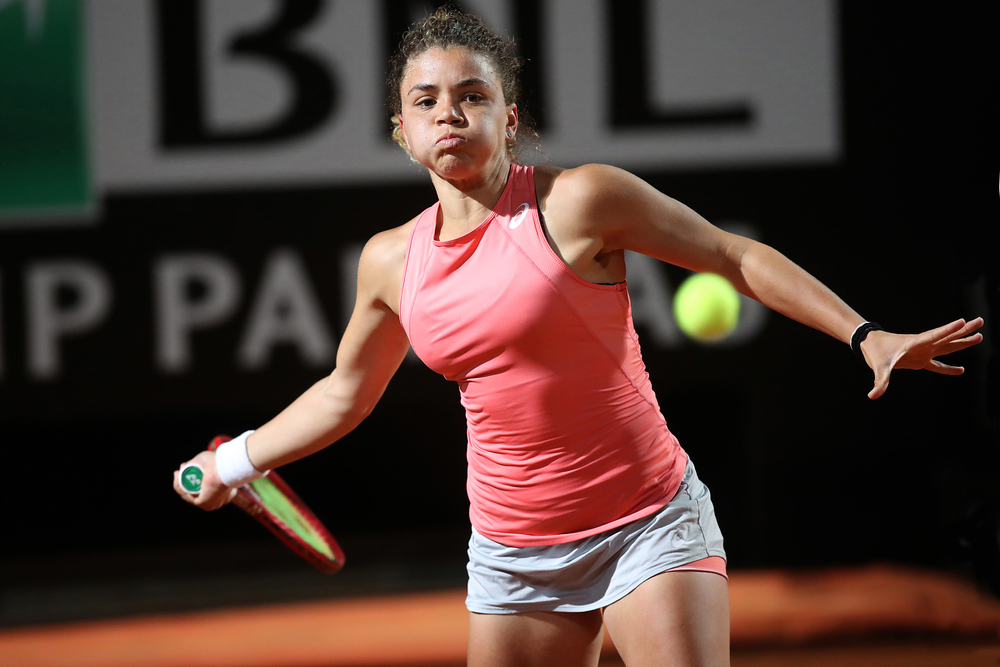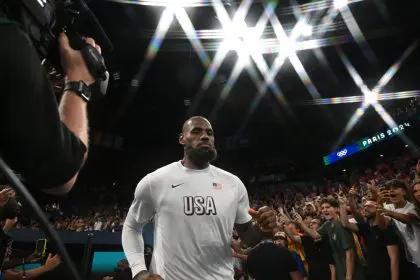Sometimes a single match can change everything, and that’s exactly what happened to Jasmine Paolini at Wimbledon. The world number four just pulled the trigger on a coaching change that nobody saw coming, firing Marc Lopez just days after her stunning second-round exit from the All England Club.
Talk about a swift response to disappointment. Paolini’s decision to part ways with Lopez so quickly after her loss to Russia’s Kamilla Rakhimova shows just how much that defeat stung. When you’re the defending finalist and you can’t even make it past the second round, somebody’s got to take the fall.
The brutal reality of tennis expectations
Let’s put this in perspective – Paolini made history last year as the first Italian woman in the Open era to reach the Wimbledon final. That creates a certain level of expectation, and when you lose in straight sets to a player ranked well below you, questions start getting asked about preparation and strategy.
The 29-year-old Italian had been working with Lopez since April, which means their partnership lasted all of three months. That’s barely enough time to develop a proper working relationship, let alone implement significant changes to someone’s game. But in professional tennis, patience is often a luxury that results don’t allow.
Lopez’s track record wasn’t the problem
Here’s what makes this situation particularly interesting – Lopez isn’t some unknown commodity. The former doubles world number three had been part of Rafael Nadal’s coaching team, which means he knows what it takes to compete at the highest level. He also helped guide Paolini to some impressive results during their brief time together.
Under Lopez’s guidance, Paolini captured her second WTA 1000-level crown at the Italian Open and also lifted the women’s doubles title at the French Open. Those are significant achievements that would normally buy a coach more time to work through any issues.
The coaching carousel never stops
Paolini’s decision to make a change after ending a decade-long partnership with Renzo Furlan earlier this year shows just how quickly things can shift in professional tennis. She went from a ten-year relationship to a three-month experiment, and now she’s back to square one looking for the right fit.
This kind of coaching instability is becoming more common in tennis, where immediate results often take precedence over long-term development. Players feel enormous pressure to find the perfect coach-player combination, and when things don’t click immediately, changes happen fast.
The Wimbledon factor
Grass court tennis is a completely different beast from clay and hard courts, and Paolini’s struggles at Wimbledon highlight just how challenging the surface can be. Going from finalist to second-round exit in consecutive years is the kind of swing that can shake anyone’s confidence in their preparation and game plan.
The loss to Rakhimova was particularly stinging because it came in a match where Paolini was expected to advance comfortably. When you’re the higher-ranked player and you can’t execute your game plan against supposedly inferior opposition, it raises questions about tactical preparation and mental readiness.
The pressure of defending success
Being a defending finalist brings its own unique pressures that many players struggle to handle. Every match becomes about living up to previous achievements rather than simply playing your best tennis. Paolini felt the weight of those expectations, and when things went wrong, the coaching staff became the obvious target for change.
The Italian’s gracious social media post thanking Lopez for his efforts shows class, but it also reveals the reality of professional tennis. Good results aren’t always enough to save a coaching relationship when bigger expectations aren’t met.
What comes next for Paolini
Now comes the challenging part – finding a new coach who can help her regain the form that took her to Grand Slam finals. The timing isn’t ideal, with the hard court season approaching and the US Open looming on the horizon. Starting fresh with a new coach during such a crucial period adds another layer of complexity to an already difficult situation.
Paolini’s decision to take time reflecting on her next step shows wisdom beyond the immediate disappointment. Rushing into another coaching relationship without proper consideration could lead to more instability down the road.
The bigger picture in women’s tennis
This coaching change reflects broader trends in women’s tennis, where the pressure to perform immediately has intensified. Players are less willing to stick with coaches through difficult periods, preferring to make changes rather than work through problems.
The rapid turnover in coaching relationships might provide short-term solutions, but it also raises questions about long-term development and consistency. Building the kind of trust and communication necessary for sustained success takes time that many players no longer feel they have.
A crossroads moment
Paolini finds herself at a crucial juncture in her career. At 29, she’s not getting any younger, and the window for achieving her biggest goals is narrowing. The decision to fire Lopez represents more than just a coaching change – it’s a statement about her commitment to maximizing her remaining opportunities.
The next few months will be telling for both her immediate results and long-term prospects. Sometimes coaching changes provide the spark needed to reach new heights, while other times they create more instability than solutions.
Whether this bold move pays off remains to be seen, but one thing is certain – Paolini isn’t content with accepting disappointing results. In a sport where margins are razor-thin and opportunities are fleeting, sometimes drastic action is the only way forward.















